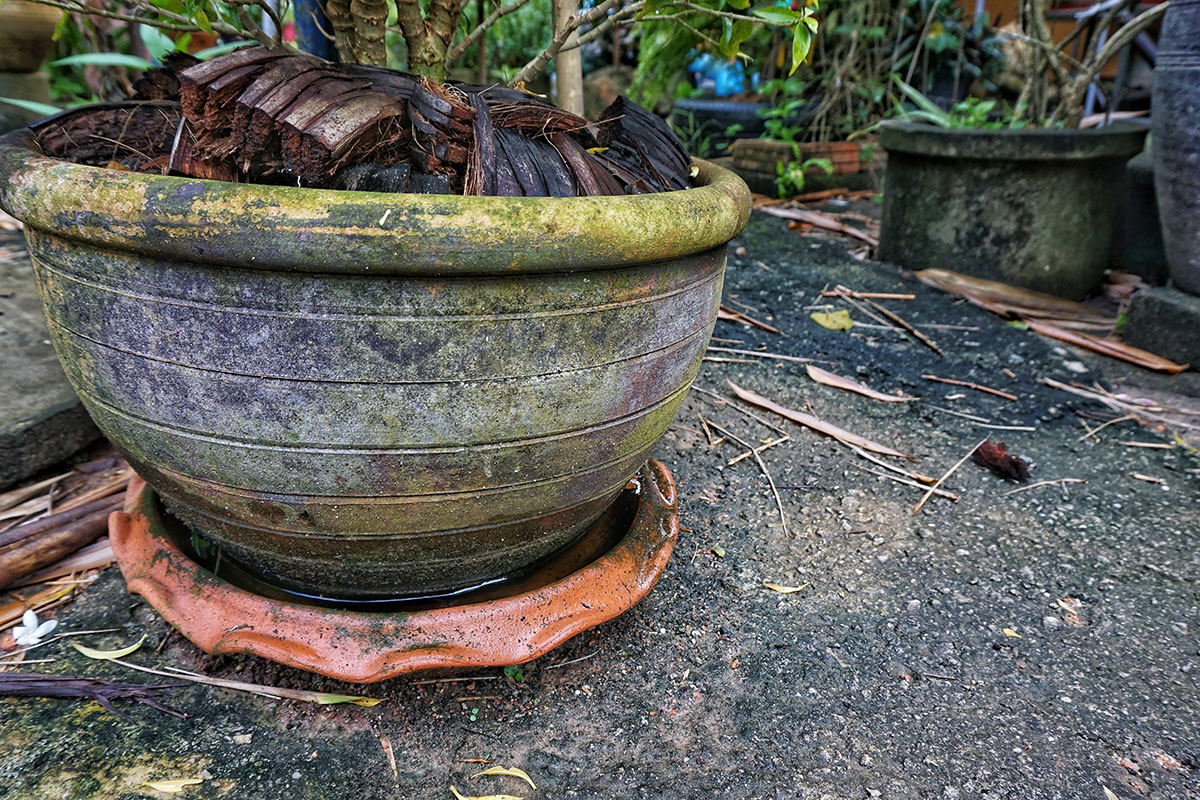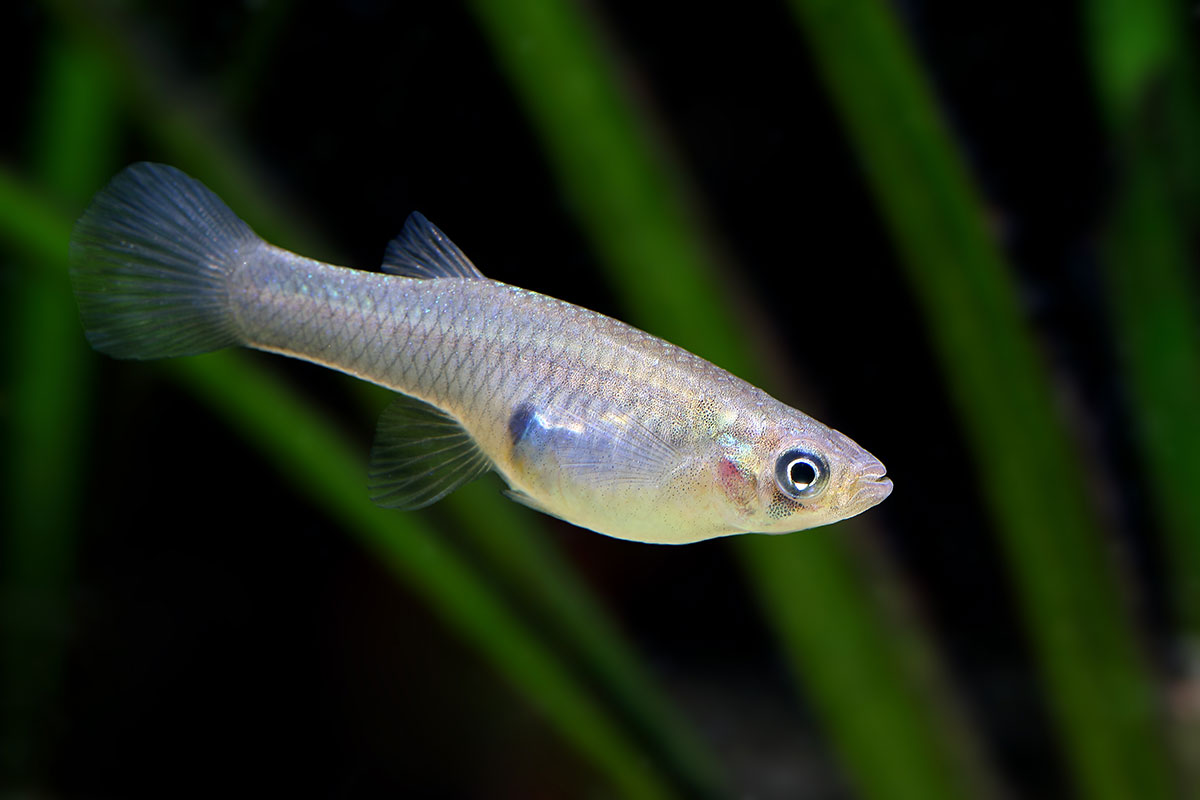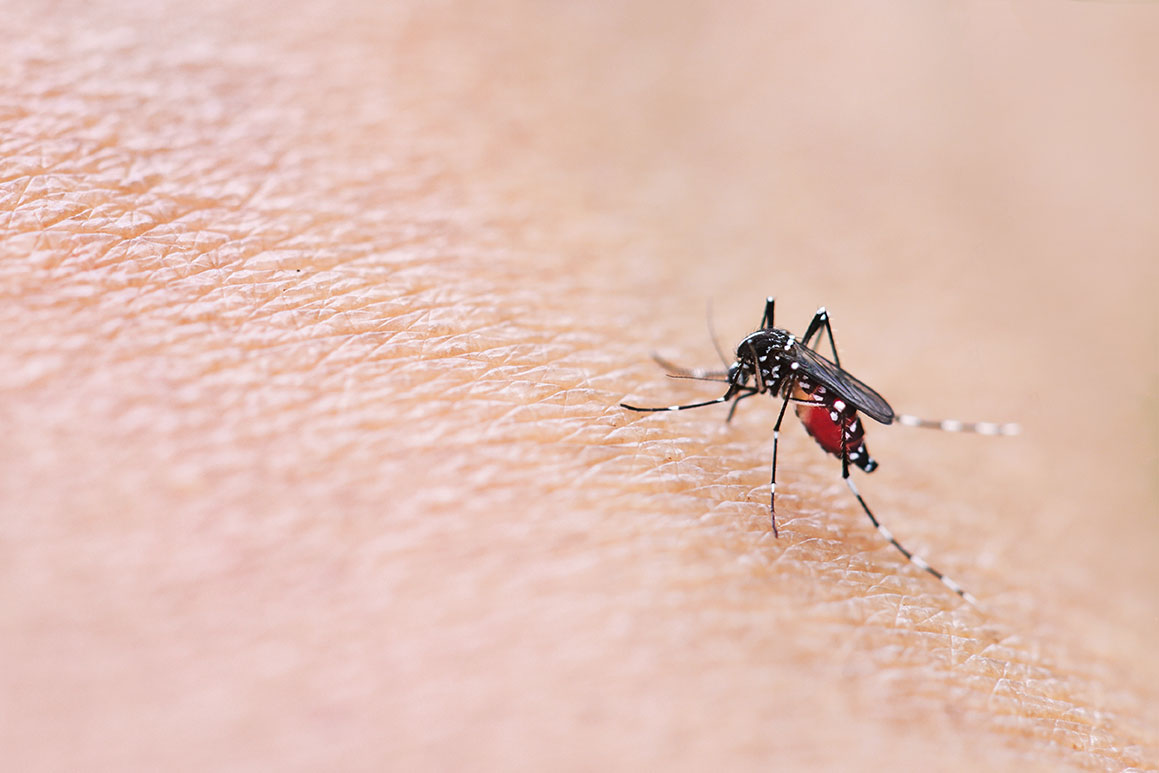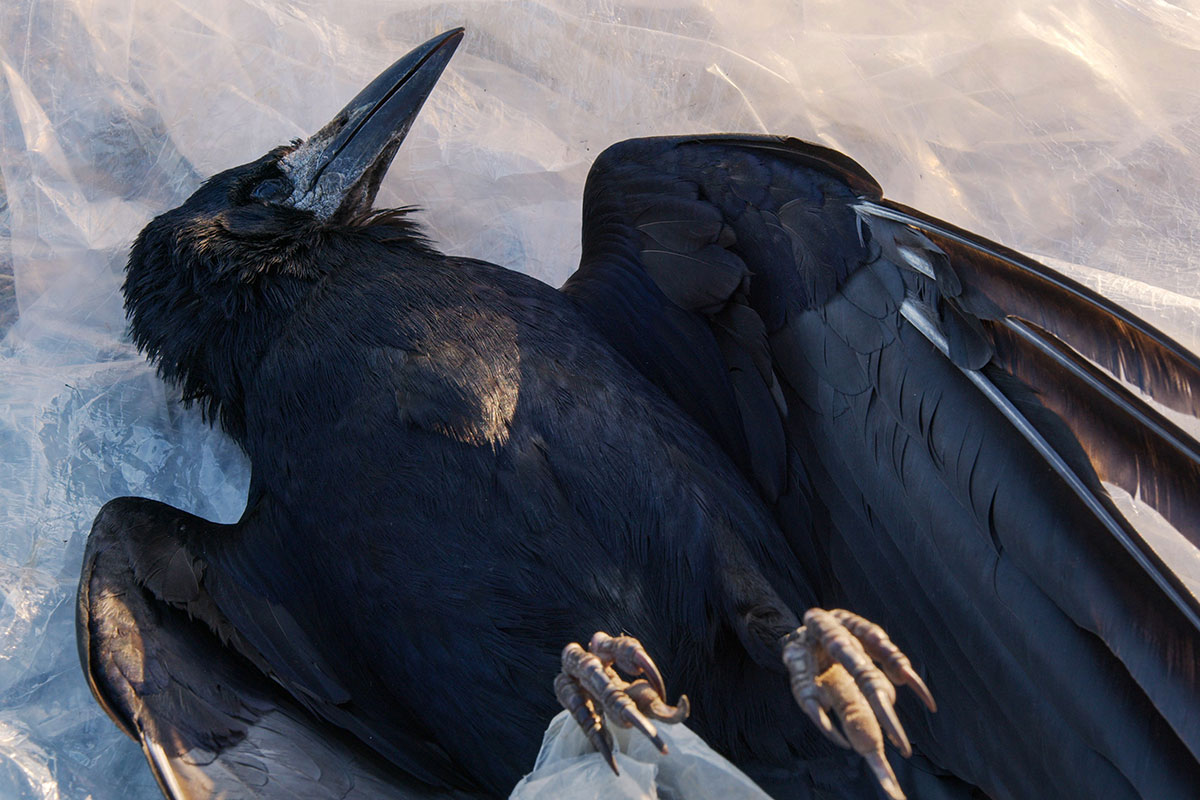Mosquito-Borne Disease Control & Surveillance
Mosquito Control
The District uses an integrated mosquito management approach to prevent and control mosquitoes that spread viruses like West Nile and Zika.
Methods are based on an understanding of mosquito biology, the mosquito life cycle, and the way mosquitoes spread viruses to develop plans for controlling mosquitoes.

Physical
Physical control reduces mosquito populations through the modification and management of the environment. Examples of physical control include eliminating breeding sources and removing debris and vegetation to promote effective drainage.

Microbial & Chemical
Microbial and chemical control involves the application of EPA-approved insecticides to larval habitats of mosquitoes in accordance to federal and state laws and regulations and in compliance with the chemical label.

Biological
Biological control is the use of mosquitofish, Gambusia affinis, to manage mosquito populations in ornamental ponds, unmaintained swimming pools, and animal water troughs.
Mosquito Surveillance

Several of the over 50 known species of mosquitoes in California can carry disease under the right conditions. When a female mosquito takes blood, she may transmit certain disease-causing organisms to humans and other animals.
The District conducts mosquito surveillance to understand what types and numbers of mosquitoes are in an area. Surveillance allows the District to identify mosquito species and determine appropriate control measures.
Mosquito virus activity is monitored by testing adult mosquitoes for the presence of WNV, SLE, and WEE. This research and surveillance information helps guide all control efforts. The detection of virus in a mosquito which feeds on humans indicates a true potential for human disease.
Currently, the District uses several types of traps to monitor mosquito populations.
CDC-Type CO2-Baited Trap
Used to trap host-seeking females attracted by the sublimation of dry ice into carbon dioxide which simulates the exhaled respiratory gases of birds or mammals. Mosquitoes attracted to the trap are drawn in through the top of the trap and forced downward by the fan into the collection net.
Gravid Trap
Traps gravid (ready to deposit eggs) female Culex mosquitoes that are seeking suitable egg laying sites. Gravid females are attracted to the egg laying attractant (hay infusion) and are swept up into the collection container.
CDC AGO Trap
The ovitrap is designed and used to trap invasive Aedes mosquitoes that prefer to lay their eggs on the interior walls of containers, such as Aedes albopictus (Asian Tiger mosquito) and Aedes aegypti (Yellow Fever mosquito). Gravid female Aedes mosquitoes are attracted to the hay-infused standing water and seek to lay their eggs on a hard surface right at the water line.
Sentinel Chicken Surveillance
Sentinel chickens represent a critical element of the District’s surveillance program and help to prevent any transmission of mosquito-borne diseases to the human population.
The District maintains flocks of chickens located strategically throughout the District and tests them every two weeks. The samples are tested at the California Department of Public Health Vector-Borne Disease Laboratory for antibodies to WNV, SLE, and WEE.

Dead Bird Surveillance
Some infected birds, especially crows, jays and ravens, are known to get sick and die from WNV infection.
Reporting and testing of dead birds is one way to check for the presence of WNV in the environment. Dead bird reports are often the first indication that the virus is active in an area.

If You Find a Dead Bird
Make a report if you find a dead bird, particularly a crow, jay, magpie, raven, sparrow, finch, or raptor.
If local authorities tell you to simply dispose of the bird’s carcass (body), use gloves or an inverted plastic bag to place the carcass in a garbage bag, which can then be disposed of in your regular trash.
If you are a resident of the District:
CALL (877) WNV-BIRD
to report a dead bird, or visit: